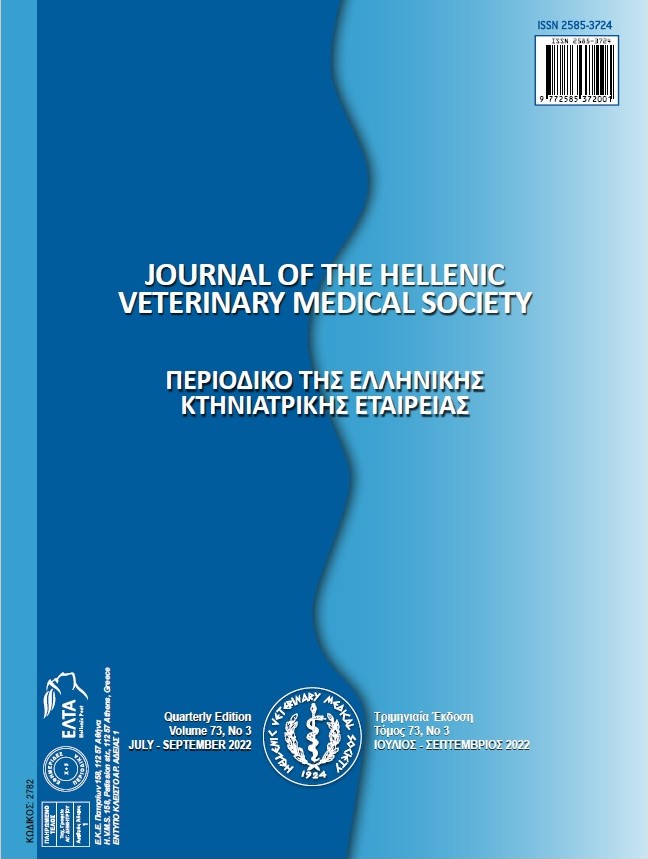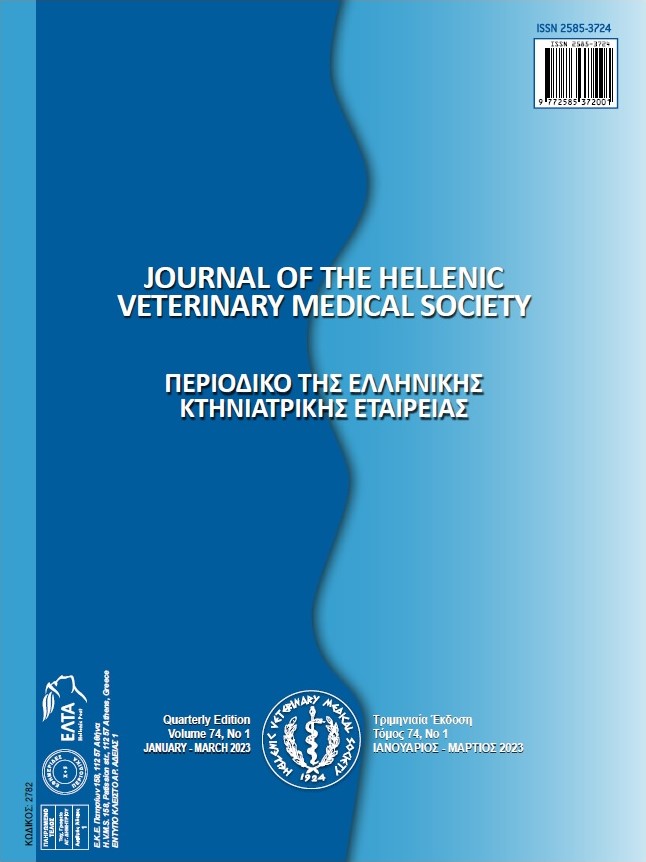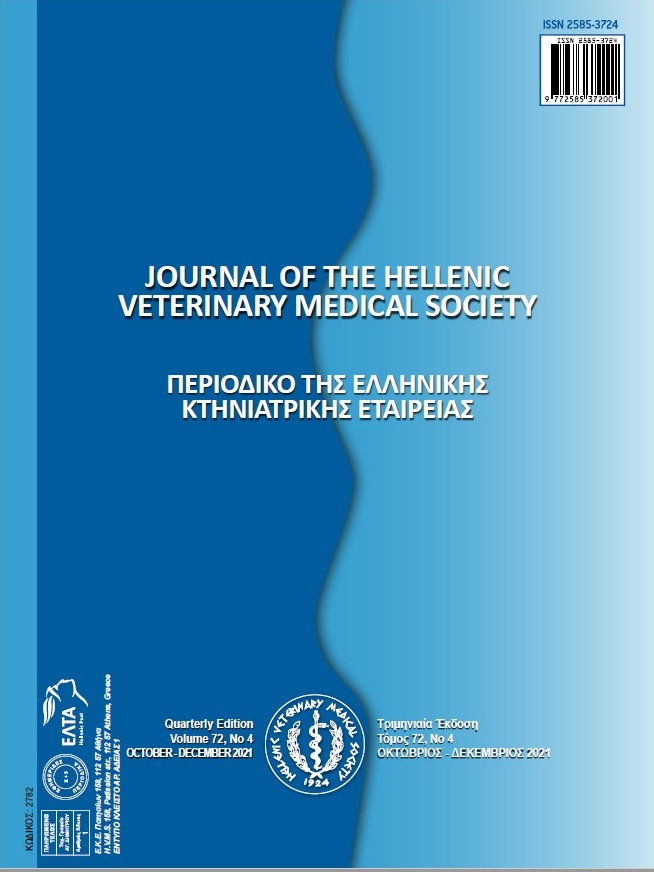Epizootiology and associated risk factors of tick fauna infecting domestic livestock population in district Faisalabad, Punjab, Pakistan

Resumen
The current study was aimed to corelates the association of different risk factors with tick infestation rate in livestock (cattle, buffalo, sheep, goat) population of district Faisalabad. Ticks were collected through the standard collection protocols, were identified under stereomicroscope. Overall, 54%, 50%, 50% and 49 % tick infestation rate reported from livestock species (cattle, buffalo, sheep, goat) and higher prevalence was observed in tehsil Tandlianwala (72%, 65%, 70% and 57%). Among intrinsic factors (age and sex) higher prevalence was reported in young (7-12 months) and female animals. Significant association (P<0.05) was observed with season and tick prevalence and higher prevalence was reported in summer season. Statistically significant association (P<0.05) was observed among extrinsic factors including feeding system, (higher infestation was reported in grazing animals), housing system (higher rate was recorded in free-housed animals), type of farming (higher rate in free-ranged animals), farm structure (higher infestation rate among animals kept on uncemented floor) and hygienic measures (higher prevalence in poorly hygiene animals). Most prevalent tick species were H. anatolicum, (85%), H. marginatum (1.5%), H. turncatum (1.02%) and R. microplus (12%). These findings will be helpful in devising services for tick infestation control in selected area and other regions having similar husbandry system.
Article Details
- Cómo citar
-
Maqbool, M., Sajid, M., Iqbal, Z., & Saqib, M. (2022). Epizootiology and associated risk factors of tick fauna infecting domestic livestock population in district Faisalabad, Punjab, Pakistan. Journal of the Hellenic Veterinary Medical Society, 73(3), 4325–4338. https://doi.org/10.12681/jhvms.26710
- Número
- Vol. 73 Núm. 3 (2022)
- Sección
- Research Articles

Esta obra está bajo una licencia internacional Creative Commons Atribución-NoComercial 4.0.
Authors who publish with this journal agree to the following terms:
· Authors retain copyright and grant the journal right of first publication with the work simultaneously licensed under a Creative Commons Attribution Non-Commercial License that allows others to share the work with an acknowledgement of the work's authorship and initial publication in this journal.
· Authors are able to enter into separate, additional contractual arrangements for the non-exclusive distribution of the journal's published version of the work (e.g. post it to an institutional repository or publish it in a book), with an acknowledgement of its initial publication in this journal.
· Authors are permitted and encouraged to post their work online (preferably in institutional repositories or on their website) prior to and during the submission process, as it can lead to productive exchanges, as well as earlier and greater citation of published work.




